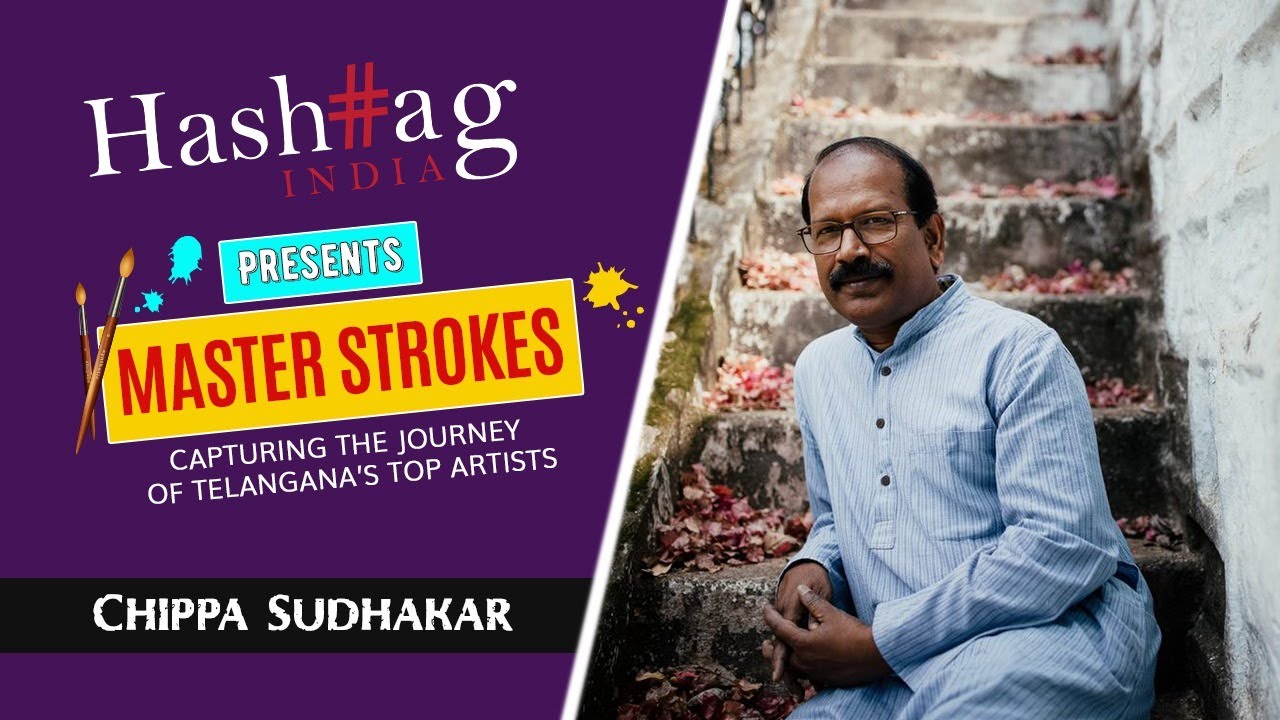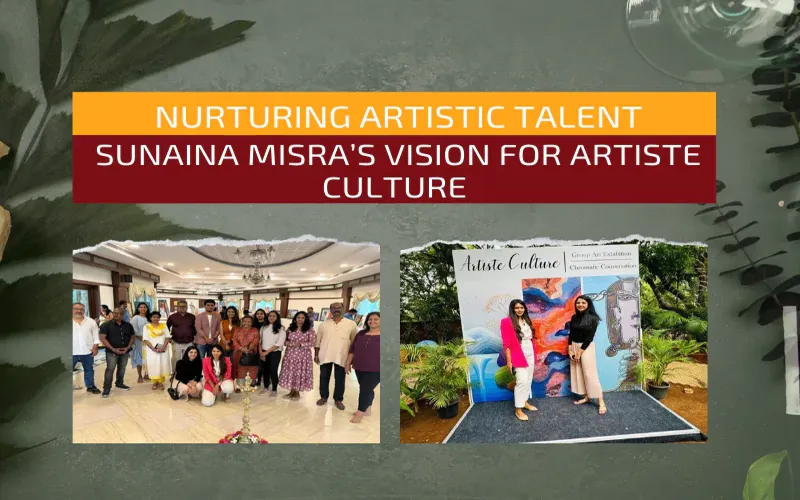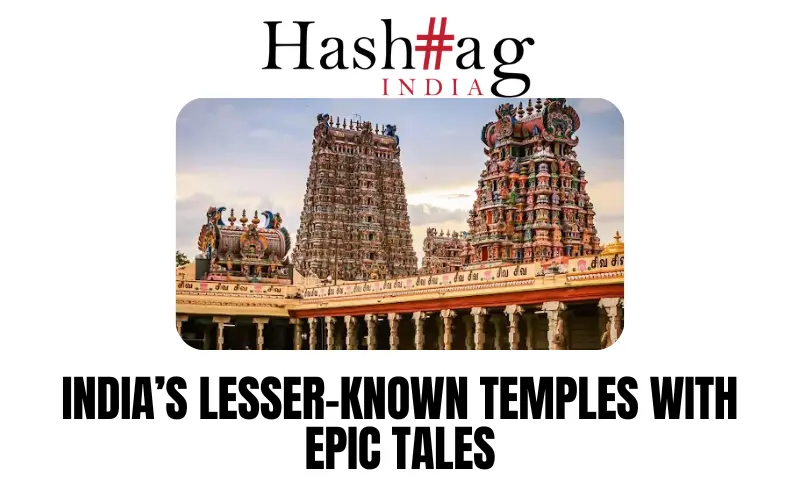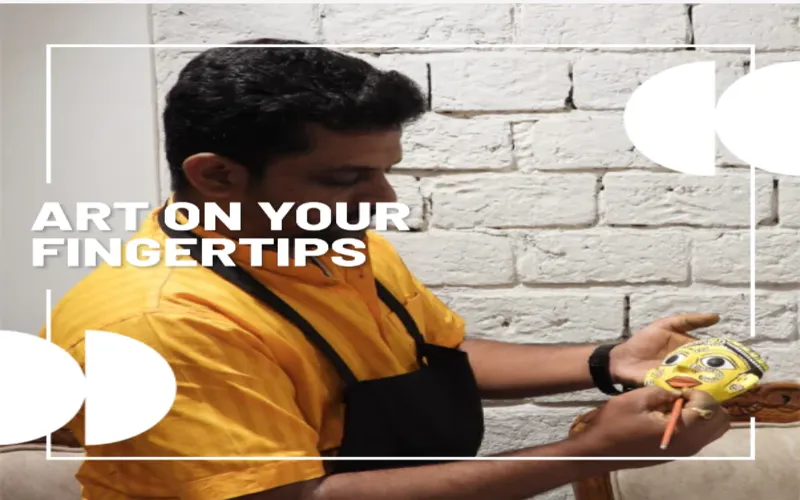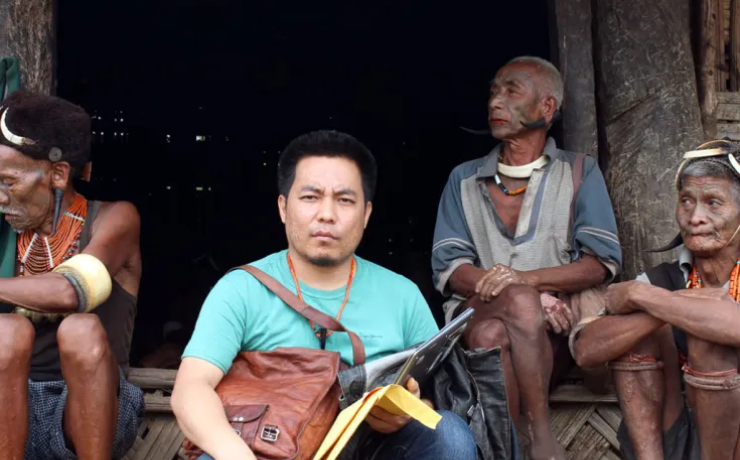At just 19, Vartika Chandani has transformed The Vara Weddings into a cross-city, cross-border celebration design company known for its culturally rooted yet contemporary weddings. From Mumbai to Marrakech, her team curates immersive experiences that blend emotion, tradition, and storytelling. Among India’s new wave of trailblazers, she gives us a lowdown on the latest wedding trends this 2025. What are the top 3 most requested luxury add-ons in 2025 weddings?In 2025, couples are investing in experiences that immerse guests completely. Personalised touchpoints like curated welcome hampers, live perfume bars, and interactive food artistry counters are huge. Entertainment is bigger than ever think international acts, celebrity performances, aerial musicians, and projection mapping shows. Design has gone bold, with dramatic floral tunnels, bespoke thematic entries, and LED or 3D-mapped dance floors that transform spaces into dreamscapes. For couples looking to elevate their wedding beyond tradition, what unexpected elements are trending? Indian weddings are embracing immersive, non-traditional elements that surprise and delight festival-style after-parties, intimate chef’s table dinners for family, and live artists painting moments as they happen. Interactive zones are booming, from mixology counters and tarot corners to custom fragrance blending. These details create a personal storyline for the wedding, making it an unforgettable journey rather than just an event. Guests today expect more than food and music. How are you keeping them engaged between events? Guests crave connection and interaction they want to be part of the celebration, not just watch it. We create “mini-worlds” within weddings: nostalgia corners with childhood games, art walls for illustrated messages, live food theatres, and immersive setups like chai-tasting lounges or quirky photo booths that change with each function. These zones spark conversations, laughter, and memories beyond the dance floor. How are tech and AI shaping modern weddings? Couples are embracing AI powered memory booths

